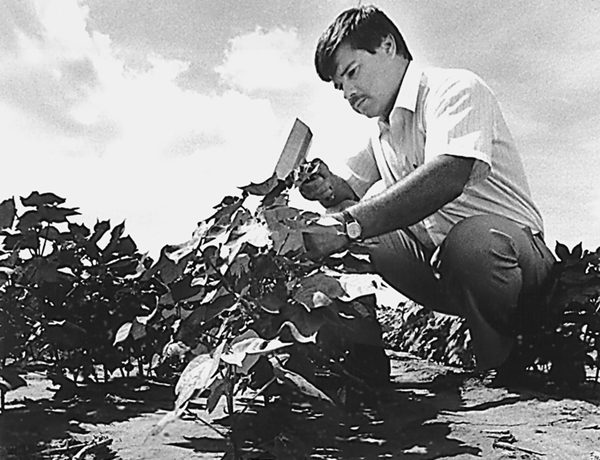No-Till Farmer
Get full access NOW to the most comprehensive, powerful and easy-to-use online resource for no-tillage practices. Just one good idea will pay for your subscription hundreds of times over.

Stop me if you’ve heard this before: soil water availability is the key to quality stands and high yields in your no-till system.
It’s not exactly a secret. If you speed up the soil’s water infiltration rate, increase its water holding capacity, reduce the rate of evaporation and generally keep more water available for plant growth, the bigger and healthier your no-till plants will become.
“In my opinion, soil management is the key to water use efficiency,” says Jerry Hatfield, director of the U.S. Department of Agriculture’s National Soil Tilth Lab in Ames, Iowa. “There is a fundamental linear relationship between the amount of water used by the crop and the amount of biomass produced.”
The relationship between water availability and crop yields has always been important. But due to changing weather patterns and climate variability, it may become the single most important factor for farmers in the future.
“We might see 20 different types of weather in the next 20 years,” says Hatfield. “The period from 1960 to 1990 was probably one of the most stable periods in weather. We’re moving into a period where extremely variable weather is going to become the norm.
“How your field actually uses the available water is going to be very important.”
No-tilling your fields puts you a step ahead of your conventional tillage neighbors in regards to adapting to future climate variability. No-tillers already enjoy benefits (more carbon, nitrogen and other nutrients in the soil from residue, increased…